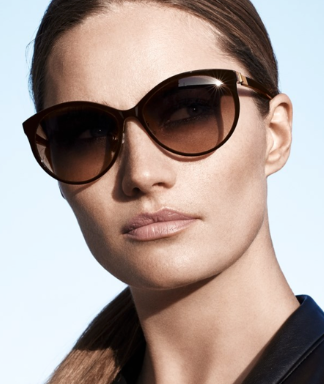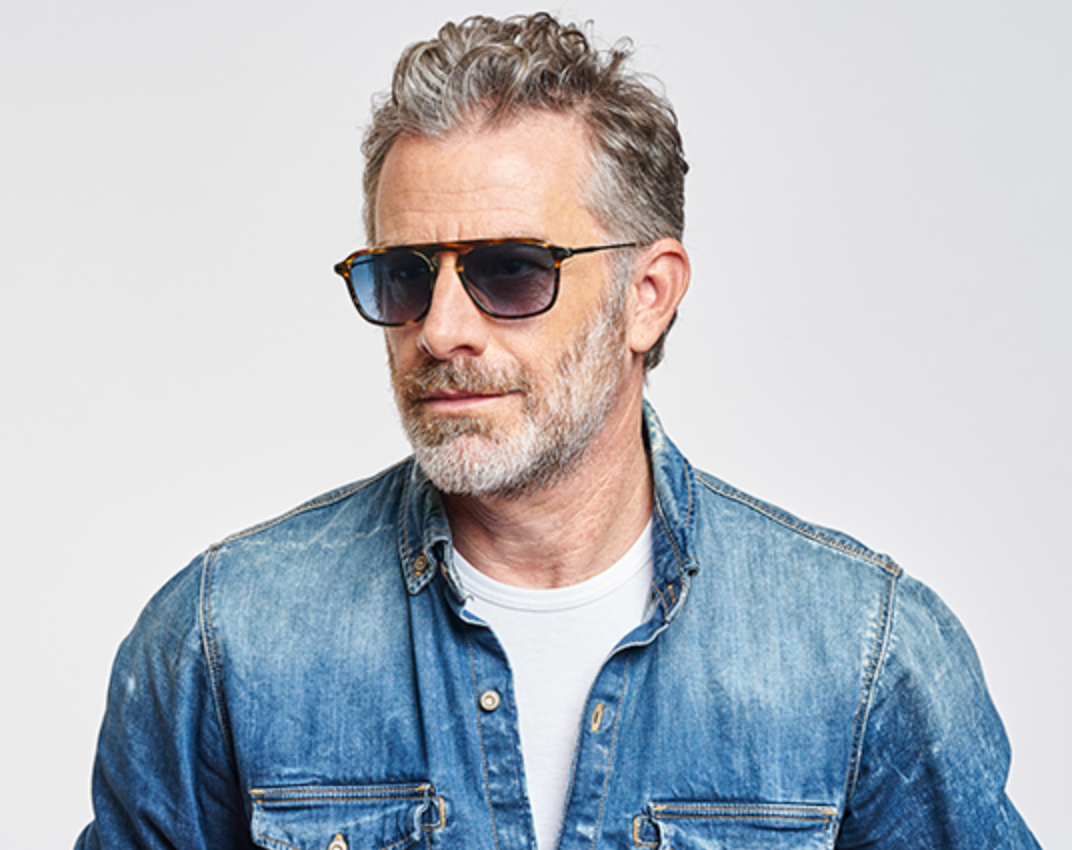Here's why you need to wear the coolest sunglasses:
It’s official: we're in the home stretch of summer in Vancouver. The bath of vitamin D we’ve had lately has motivated everyone to hunt for a new pair of sunglasses. First and foremost, sunglasses offer a cool factor. Who doesn't look hip in a great set of sunnies? Second, and more importantly, good quality sunglasses are necessary for eye health, especially when choosing the right lenses.
How does the sun damage my eyes?
Just like skin, your eyes need to be protected against the sun's UVA and UVB rays. Long term exposure to the sun can cause long term damage.
Some of the sun’s effects on the eyes include:
- Cataracts - according to the National Eye Institute, an estimated 20% of cases are caused by extended UV exposure.
- Macular degeneration (MD) - this is a leading cause of blindness. Although the exact cause of MD is unknown, studies do show that exposure to sunlight can contribute to MD.
- Glaucoma - another serious eye condition that can result in blindness. Glaucoma can make eyes highly sensitive to light and glare.
- Pterygium - a tissue growth over the white part of the surface of the eye causing astigmatism. The exact cause of pterygium isn’t known, however one explanation is that too much exposure to ultraviolet (UV) light can lead to these growths.
Sun protection helps keep wrinkles and headaches away
All the sunglasses made at MOSH Framemakers have UV protection. All quality brands will. We all understand the importance of UV protection these days, and this great quote from stylist Rachel Zoe sums it up:
“It goes without saying that a good pair of sunglasses with UV protection is essential to any wardrobe, any day of the year, or you can do damage to those pretty eyes. They’ll also keep you from squinting, which causes wrinkles and is never a good look. But a pair of sunnies at-the-ready can do so much more. Big sunglasses camouflage a late night. They’re great when you need to hide for any reason - if you’re tired or if you’re not in the mood to be social. They make a heck of a better statement than a grumpy face or bloodshot eyes and tend to work on most facial shapes.”
Exposure to the sun, glare from white surfaces and water can also lead to headaches. Wearing a good set of sunglasses is a good strategy if you work or play outdoors. Once you have decided on the swagger of the frames, consider what your lifestyle is. Do you work outdoors? Go to the beach, hike or walk? Participate in water sports or fishing? Ski in sunny climates? Drive a vehicle? The activity you require sunglasses for will help decide on the type of lens. A lens should block out 99% to 100% of both UVA and UVB radiation.
Polarized vs regular sunglasses?
If you find yourself squinting with your sunglasses on, it's probably from the killer glare that reflects off water, glass (windshields) or metal (chrome) surfaces or bright white surfaces. A polarized lens will have UV protection and will eliminate this reflected glare.
The one small drawback of polarized lenses is that it makes seeing LCD screens tough (iphones and navigational systems). But, with a top line polarized lens, this is minimized. In some sports, you actually want to see the glare. For example, golfers can see water traps more easily as it’s usually the glare reflected off the surface that makes them visible at a distance. Or, if you're a road bike racer, you may need to see water or oil on the road.
So, when choosing your sunglasses, ask yourself what you want them for. The best solution is to always have a variety to choose from in your arsenal of sunwear. Then you’ve got all of your bases covered.
What is a polarized lens and does the color make a difference?
A polarized lens has been treated or injected with a chemical filter that absorbs horizontal light waves (reflections), while allowing the vertical waves to pass through (direct light). Basically, light only travels in one direction through a polarized lens. By removing the horizontal reflected light, this eliminates any glare but preserves the clarity, depth and colour.
Not all polarized lenses are the same. The highest quality lens is made by injecting polycarbonate material into the lens. An important factor when choosing a polarized lens is the colour. While lenses can come in a variety of colours including yellow, violet or red, the more common lenses are grey, brown or green. But colour is very personal, so talk to your MOSH experts to choose the best lens and frame for you, because we all know we can't have function without style.
Prescription sunglasses for style and functionality
At MOSH, we can create any pair of prescription glasses with a coloured or polarized lens.
This is the best of both worlds. For people who need to always wear glasses, this is the ultimate solution. A long-time client who bought her first pair of prescription sunglasses told us, "I can't believe I waited so long to get prescription sunglasses! I drive, fish, go to the beach and love to read outside. My new glasses have made a world of difference."
What are the benefits of Transitions lenses?
Another option if you're looking to combine your prescription eyewear and sunglasses into one pair is to opt for a Transitions lens. This lens will gradually change from clear to darker when exposed to direct sunlight and it comes in grey, brown and a new colour: green. One of the biggest advantages with this lens is that you don't need to change from one pair of glasses to another. The big obstacle to transition lenses is that the windshield of a car blocks the UV rays, so they won't transition while driving, but for those who don't drive or drive infrequently, a Transitions pair of eyewear can be the best choice.
Book a consult with Sara or Dana to see how the right pair of sunglasses can change your lifestyle.
Happy Summer!






